Planning to get your house built from the ground up? Here a few interior wall options which are alternatives to drywall and are aesthetically pleasing and more durable.
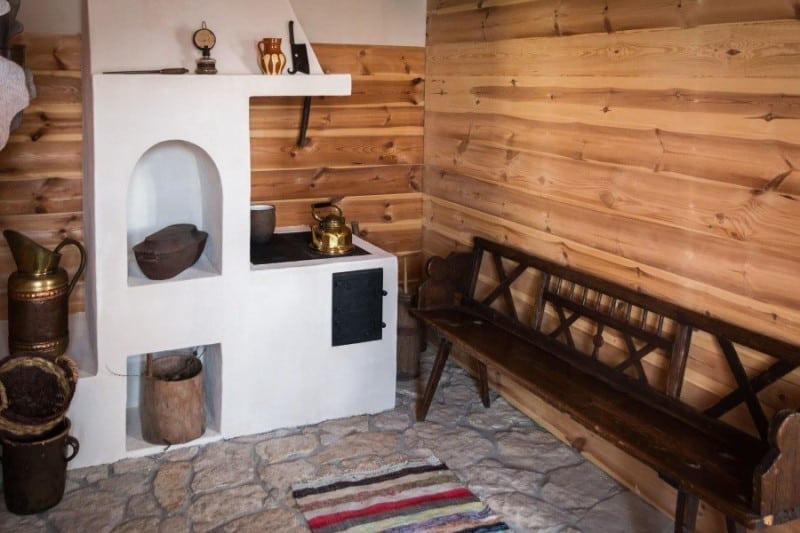
Whether you are remodeling or building your home from scratch, there are a couple of decisions you need to make for its interior designing.
Some homeowners prefer curtain fabric and paint colors that are easily replaceable and not that expensive, while others prefer fancy drywalls that cost a fortune.
Before discussing the alternatives to drywalls, let’s talk about some pros and cons of drywalls to decide if this material might be the right choice for your home in some circumstances.
Pros of Drywalls
Drywall is quickly becoming a replacement for plaster for the interior walls of homes. This is because drywall has many advantages as a material, yet it has a similar look and effect as the previously popular plaster.
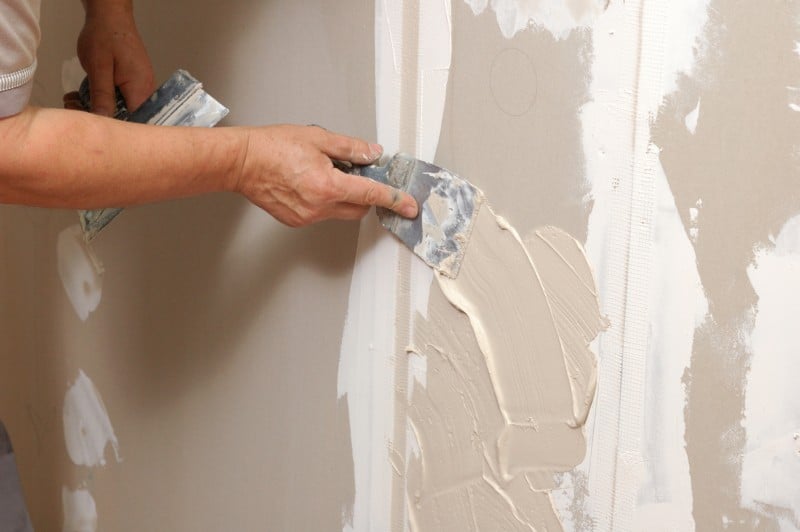
Installing drywall as compared to plaster is a very quick process. The quick installation of the material means the cost of labor also goes down.
This means drywall is not only quicker, but it’s cheaper too! Drywall is also a lot easier to repair. If you damage a wall through common household accidents that cause chips, scrapes and cracks, it is easy and cheap to repair.
Another great property that drywall because it is made of gypsum is that it is somewhat fire-resistant. This means it is also safer than plaster. Drywall can also be treated to be mold and moisture-resistant, giving your infrastructure more strength over time.
Over time, if your drywall needs replacement, but you don’t want to rip the entire thing out, you can take out sections very easily to replace them. Not only that, drywall is also recyclable, making it an eco-friendly alternative to plaster.
Cons of Drywalls
Installation:
Drywall is pretty heavy, and its composite material is not expensive compared to other wall materials. However, due to its weight, you will have to get it professionally installed and pay money on that. Moreover, the material is not flexible like plastic, which causes difficulty during installation.
Durability:
Drywall is more durable than plastic, but it is prone to holes and cracks.
Appearance:
If the wall is not installed professionally and does not get a proper finish, the joints between each sheet become visible.
So, there you have it — a few reasons why you should look into other wall option for your house.
Interior Wall Types – Drywall Alternatives
There are some alternatives to drywall; these alternatives are either used on single walls in the house or then for specific rooms.
Drywall alternatives are often more expensive and take a lot of time to install, but they bring in a different kind of feel and character to the room that drywall cannot. Here are some common alternatives:
Plastic Panels
One of the best things about plastic panels is that there are plenty of designs to choose from. Plus, the panels can be installed pretty easily.
If your interior walls are made of drywall, then you can use plastic panels to cover any damage. All you need to do is to click the panels together one by one and the wall be done under an hour.
Pros
- Easy installation
- Easy to maintain
- Cost-effective
- Mold-resistant
Cons
- The price depends on quality
- Cheap panels come in fewer designs
Wood Planks
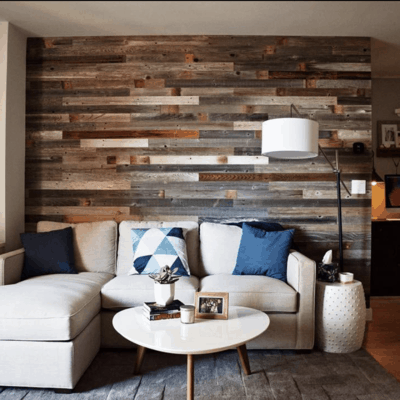
If you are going for a rustic look for your interior walls, then woods planks are an excellent choice. They can be easily hung using nails, which will only add to the look.
Pros
- Easy installation
- Various wood types
- Cost-effective
Cons
- Don’t look good with modern décor
- Susceptible to mold
- Requires vigilant maintenance
Plywood
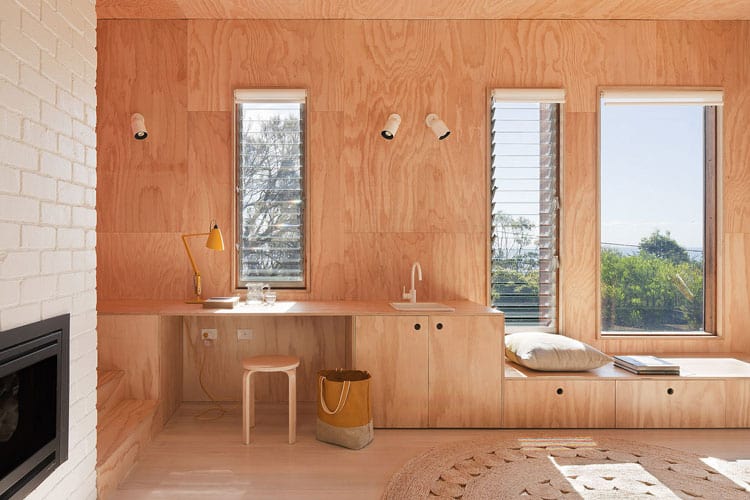
Plywood is one of the best materials for interior walls if you are looking for an inexpensive wall option that can be easily installed. In fact, you can install the wall on your own and save on the labor cost.
Pros
- Easy installation
- Requires a few screws to be fixed in place
- Cheapest interior wall option
Cons
- Does not have a long life
- Susceptible to moisture and mold
Pegboard
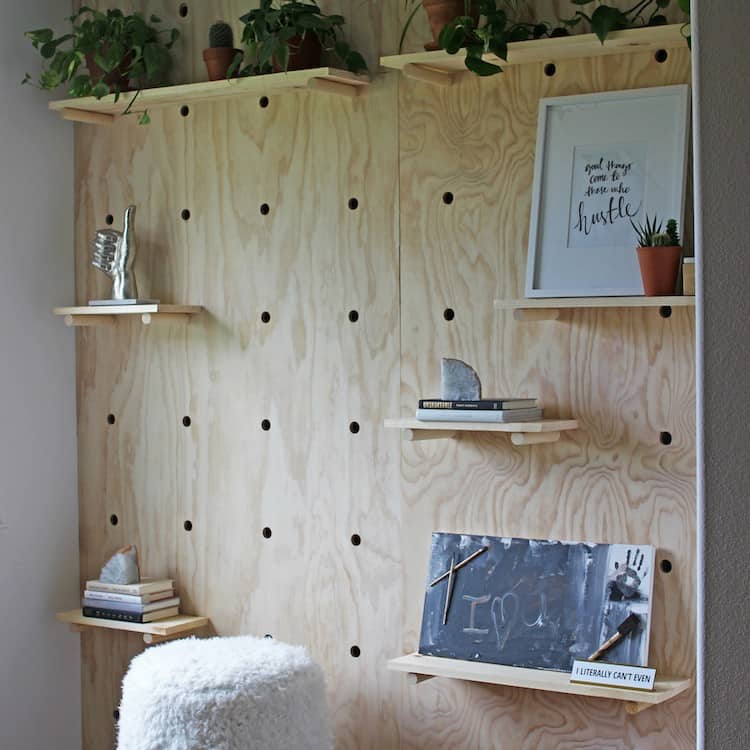
Pegboard is not exactly an alternative to drywall, but in modern houses, it has become all the rage. Pegboard walls are usually installed in storage rooms or garage. They would make an excellent option in a walk-in closet too. As the name says, a pegboard is wall with small holes in it.
Pros
- Requires just screws to be fixed in place
- Provides you with more room for storage
- Can be used in your workshop area for hanging tools
Cons
- Not many design options
- It’s more of a décor piece than a wall option
- Cannot be installed in every room
Veneer Plaster
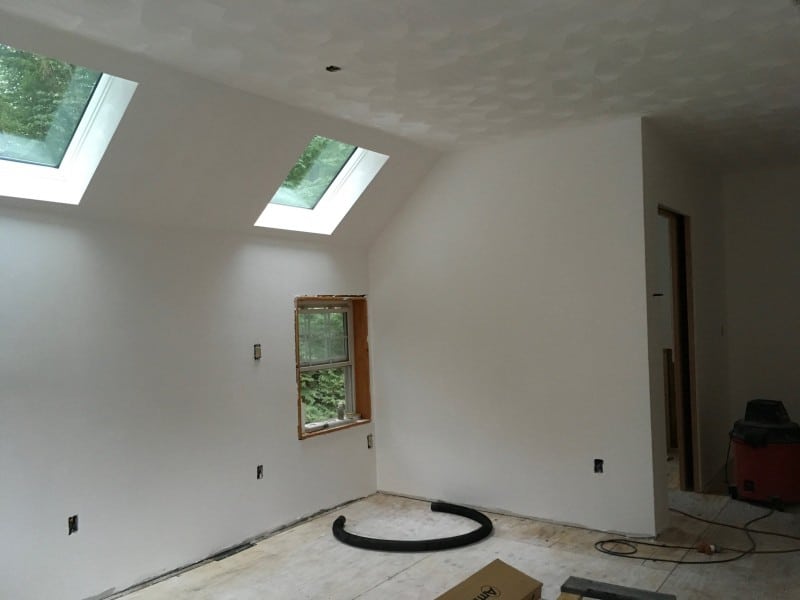
This wall material comes quite close to traditional drywall. It offers almost the same benefits as drywall. One of the biggest reasons why people prefer veneer plaster over drywall is because it is easier to install. If you don’t like the natural look of veneer plaster, then you can paint on it.
Pros
- Easy installation
- Lighter in weight than drywall
Cons
- Labor intensive
- More expensive than drywall
- Difficult to repair
- Repairs bring a change in the wall, which is easily noticeable
Lath and Plaster
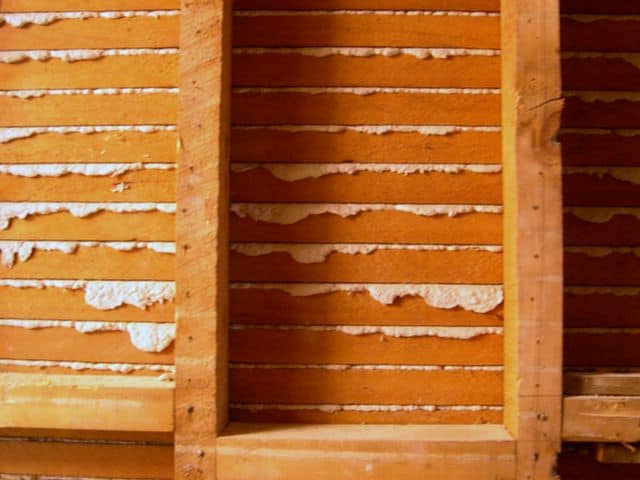
Before drywall, the preferred wall material of constructors was lath and plaster. This wall material adds a layer of insulation underneath the insulation, which is what makes its popular.
Pros
- Makes it easier for you to install insulation
- Less expensive
Cons
- Takes a lot of time in installation, even more so than drywall
- Might develop mold underneath if the house has plumbing problems
Brick and Masonry
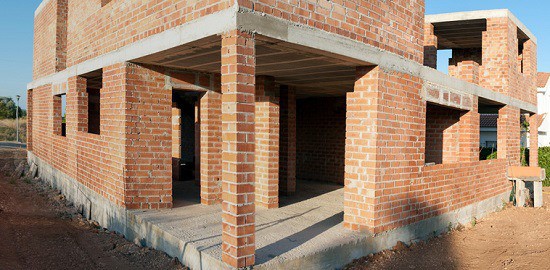
A brick or stone wall is a wall in all its natural glory. You can paint it and add designs of your own creation. This is quite a sustainable wall material and lasts longer.
Pros
- Unique texture
- More durable than plaster and sheetrock wall
- Less expensive
Cons
- Easy flake and crumble
- Require more maintenance
- Susceptible to mold
- Requires special cleaning supplies
- Not energy efficient
Wahoo Walls
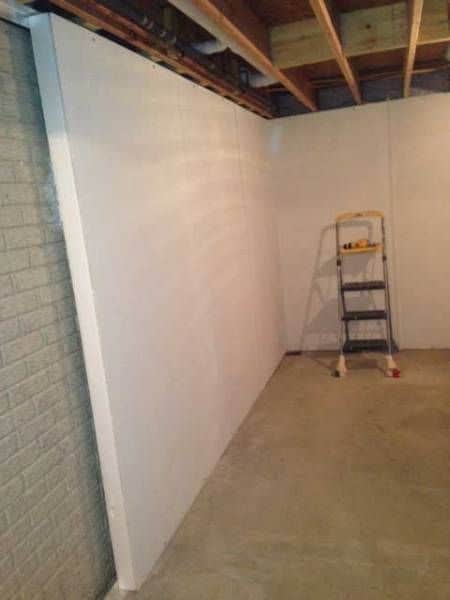
Made from non-organic products, Wahoo walls have a polystyrene core. They offer a seamless look, which makes this wall option best for home offices.
Pros
- Waterproof
- Great R-value
- Does not support mold growth
Cons
- Expensive
- Heavy and hard to install
- High labor cost
Cement Board
These boards are made from a mix of cement and cellulose containing fibers. This mixture is dried and cut into horizontal sheets which make up the board.
Cement boards are very heavy and require a lot of labor for movement and placement. These boards are moisture resistant making them ideal for locations with high moisture.
Fiberglass Reinforced Panels
These panels are made of durable polyester resin and reinforced with fiberglass. These panels are thin and flexible and make a strong and scratch-proof surface for your walls.
People go for these type of walls in areas with high moisture because these panels are resistant to mold and bacteria and are also extremely easy to clean.
Exposed Concrete Block
If you are going for a modern, unfinished look in a room like a lot of new minimalistic architects and designers are going for homes, this option is a great one.
You do not have to worry about covering anything up; you just leave the cement blocks as they are to bring an industrial look to your room or house.
There are plenty of other wall options but these come at the top of the list of our professionals. So before making any decisions, have a look at the pros and cons of every wall material and then choose wisely.
What Is The Cheapest Interior Wall Material?
Drywall is a pretty cheap option as far as interior wall materials go. A sheet of drywall can cost anywhere from $9 to $15, depending on the size and the installation per sq. foot is about $1.50; that is a pretty reasonable price when you are looking at the construction of a house.
However, if you are looking for an even cheaper option, the only thing that beats this price is either plywood or OSB.
These materials cost around $650 or $590, respectively, installed in a 500 sq. foot area. These materials may be cheap, but they are not as safe as drywall, which is why they are not as commonly seen on interior walls.
What Is The Difference Between Sheetrock And Drywall?
Sheetrock is a type of drywall made by a specific company in the US. The materials used to make sheetrock and the formula is patented, however, there is very little difference between the two building materials. The two materials are used in practically the same way and for the same purposes.
Sheetrock is essentially just a brand of drywall that is produced in the USA by a gypsum company called the US Gypsum Company.
One of the major differences is that sheetrock can also be used on exterior ceilings, unlike drywall. Sheetrock has just become a popular brand of drywall, so the name is used interchangeably with the material itself. Sheetrock, however, is waterproofed; so where all sheetrock is drywall, not all drywall is sheetrock.
Is Drywall Made Out Of Wood?
No, drywall is not made of wood. Instead, drywall is predominantly made of gypsum; gypsum is a material that looks like white sand.
Gypsum has high levels of water content already present. This raw material is mixed with additives like starch, paper pulp, a thickening agent and water to form a paste. This paste is pressed between two sheets of thick Manila paper and is then heated. The final product is cut into sheets for usage.
Related Posts
- Comparison of Shiplap vs “Tongue and Groove” vs Beadboard Wall Paneling
- Comparison of Manufactured vs Modular Homes with Pros/Cons
- 10 Different Types of Glass for Home Windows (With Pros and Cons)
- Here Are The Main Pros and Cons of a Barndominium House
- Main Advantages and Disadvantages of Vaulted Ceilings for Homes
- Top 9 Drywall Alternatives for Your Home Ceiling (With Photos)
For an inner wall that we are taking down, won’t we have to put a beem up to support the roof?
Probably yes. You should talk to a local professional who can inspect the place.